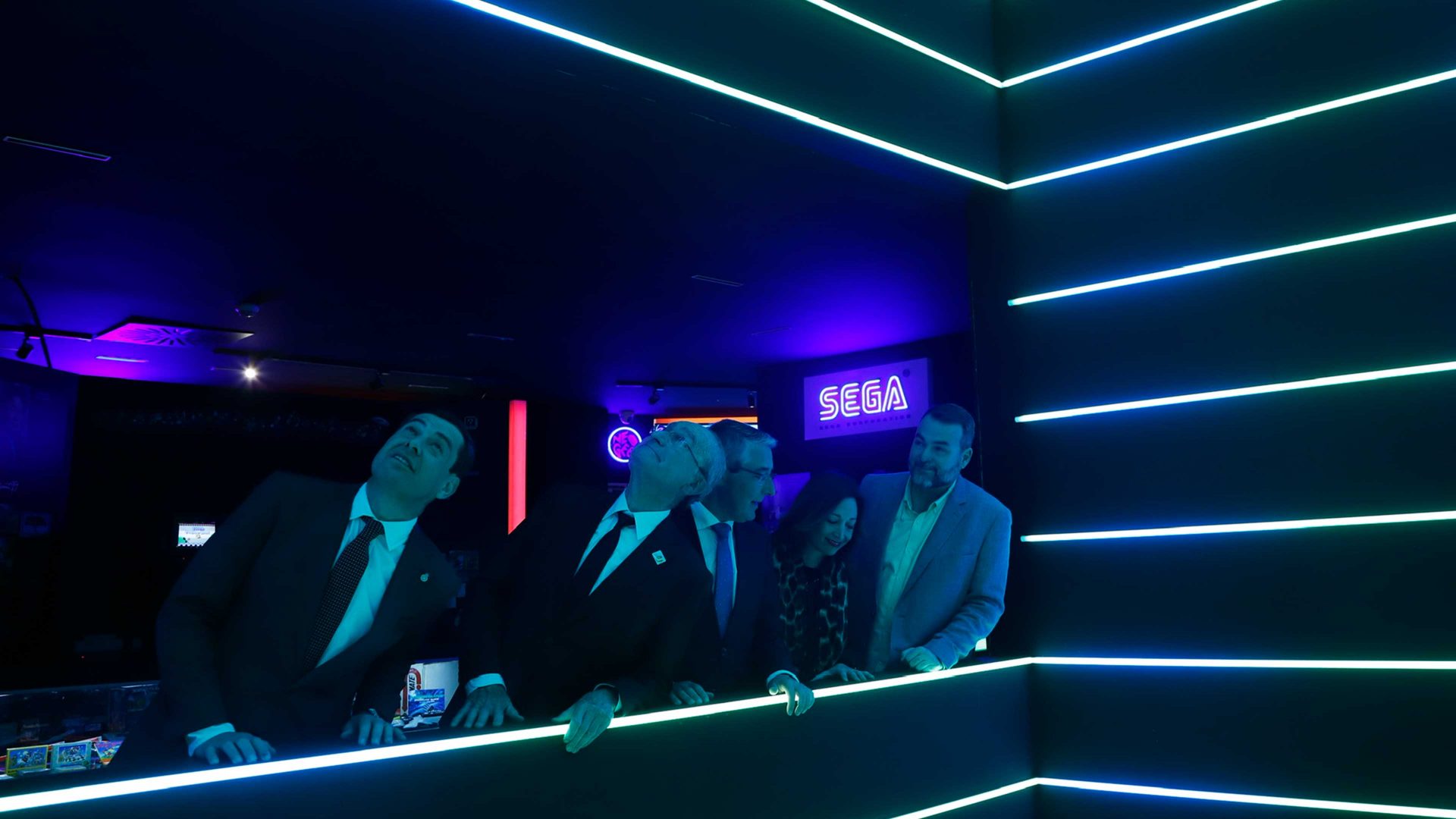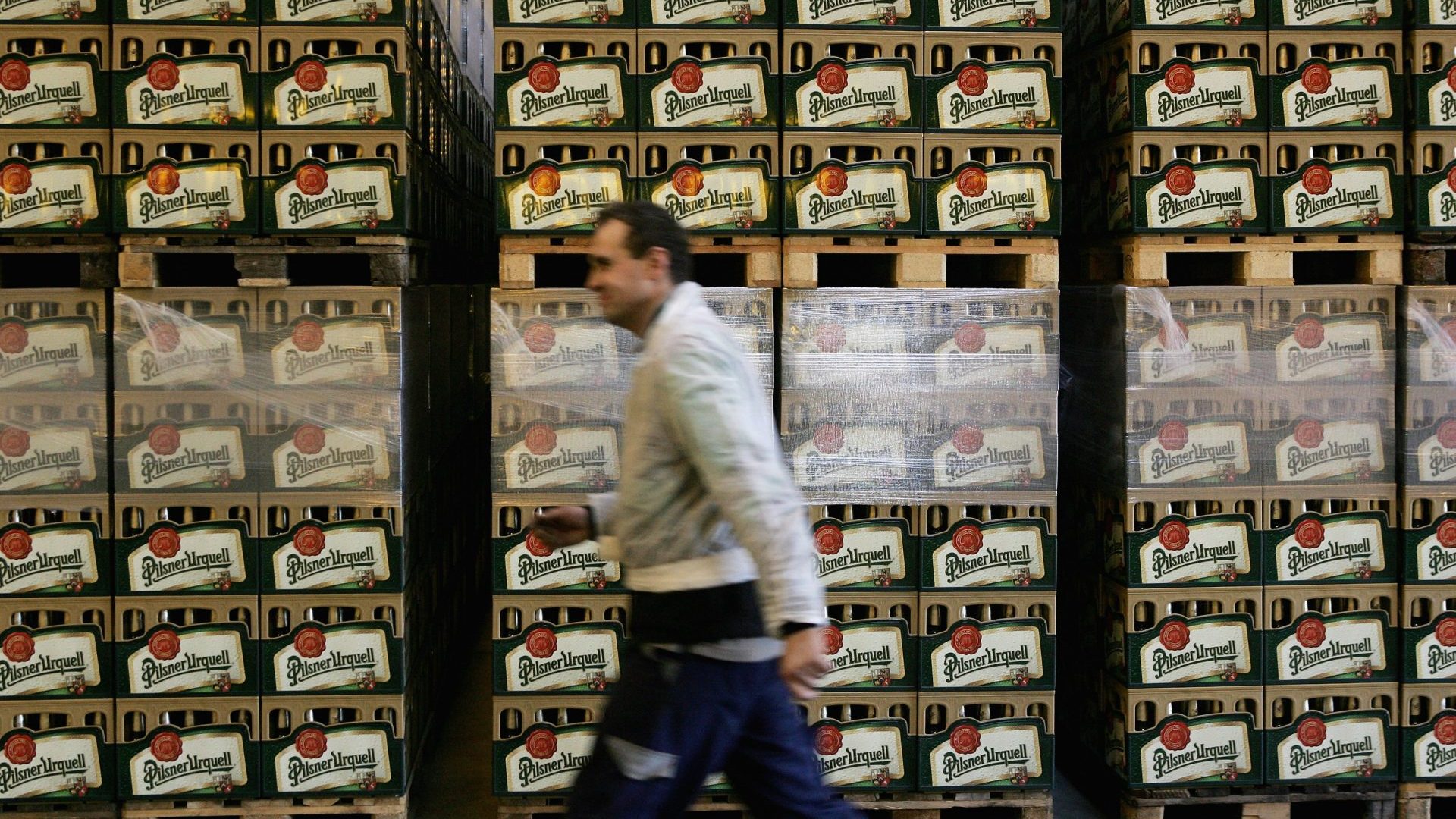The last thing I expected to be doing in Málaga – capital of the Costa del Sol, but also a city suffused with all of the culture and tradition of Andalucía – was to be playing a 5-foot-tall Game Boy. This is one of the star attractions of the OXO Museo del Videojuego, which opened at the beginning of the year on Plaza del Siglo, a tapas bar-lined square in the city’s historic centre.
A shrine to the history of video games may not be what the 5 million Brits who travel through Málaga airport each year expect, but it is the shape of things to come in the city.
The museum is the joint initiative of digital entertainment company Kaiju Entertainment, led by two brothers, Javier and Miguel Ramos, and the provincial government, who have designs on making the city a videogames capital. Kaiju run conventions such as Gamepolis, which celebrated its 10th anniversary this year. They also design games and offer training at their Fábrica del Videojuego on the periphery of the city centre. OXO adds another dimension to their work.
Visiting on a searingly hot July morning, I found that OXO is indeed an experience in stepping back in time, even if it is a rather more recent past than that of the elegant 19th-century streets outside and the gargantuan Renaissance cathedral just around the corner.
The warm tones of “old” Málaga are abruptly left behind on entering the museum, a dark space punctuated by neon. A bank of vintage TVs, all showing the classic games that will be familiar to Gen Xers and Millennials, signal that what might have been approached as an amusing diversion is about to trigger some deep memories. And indeed the unmistakable side-scrolling landscapes of the original Nintendo “Super Mario Bros” game have the same effect on me as the madeleine did on Proust. The “museum” reveals itself to be in fact more of a retro arcade – the vintage machines all playable.
So while the kids go bananas discovering the primitive appeal of Pong, parents regress into a misty-eyed nostalgia, regarding a lone ZX Spectrum or Street Fighter II arcade machine with the sort of tender gaze they may otherwise have directed towards those very children.
This celebration of technology may seem out of place, but Málaga is already an established European tech hub. The city’s TechPark opened back in 1992, and while once only Madrid, Barcelona, and perhaps the Andalucían capital, Seville, were considered places for investment, tech companies have increasingly looked towards Málaga as an attractive prospect.
Last year Vodafone opened its new European Research and Development Centre in the city, and Google will open a new cybersecurity centre there later this year. Meanwhile, the high-tech neighbourhood Distrito Zeta will be opening to residents next year. It promises a way of living that is both futuristic and sustainable, including both drone delivery systems and even technologically advanced bins.
OXO is a highly visible sign of Málaga’s technological renaissance, and the fact that it occupies the building that was once the city’s museum of bullfighting seems somehow deeply symbolic. Old Europe is giving way to the new.




